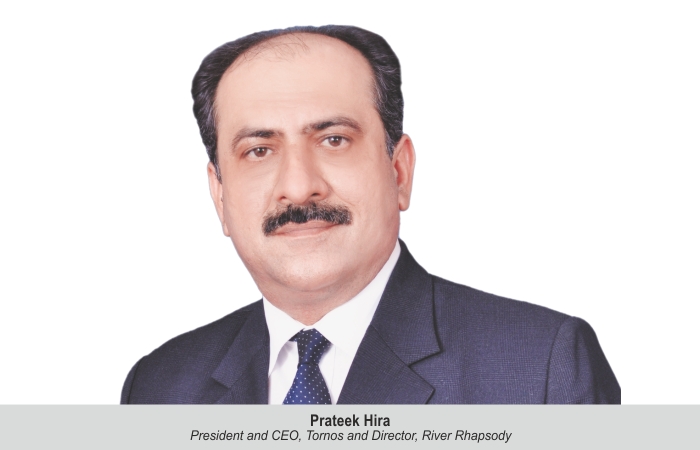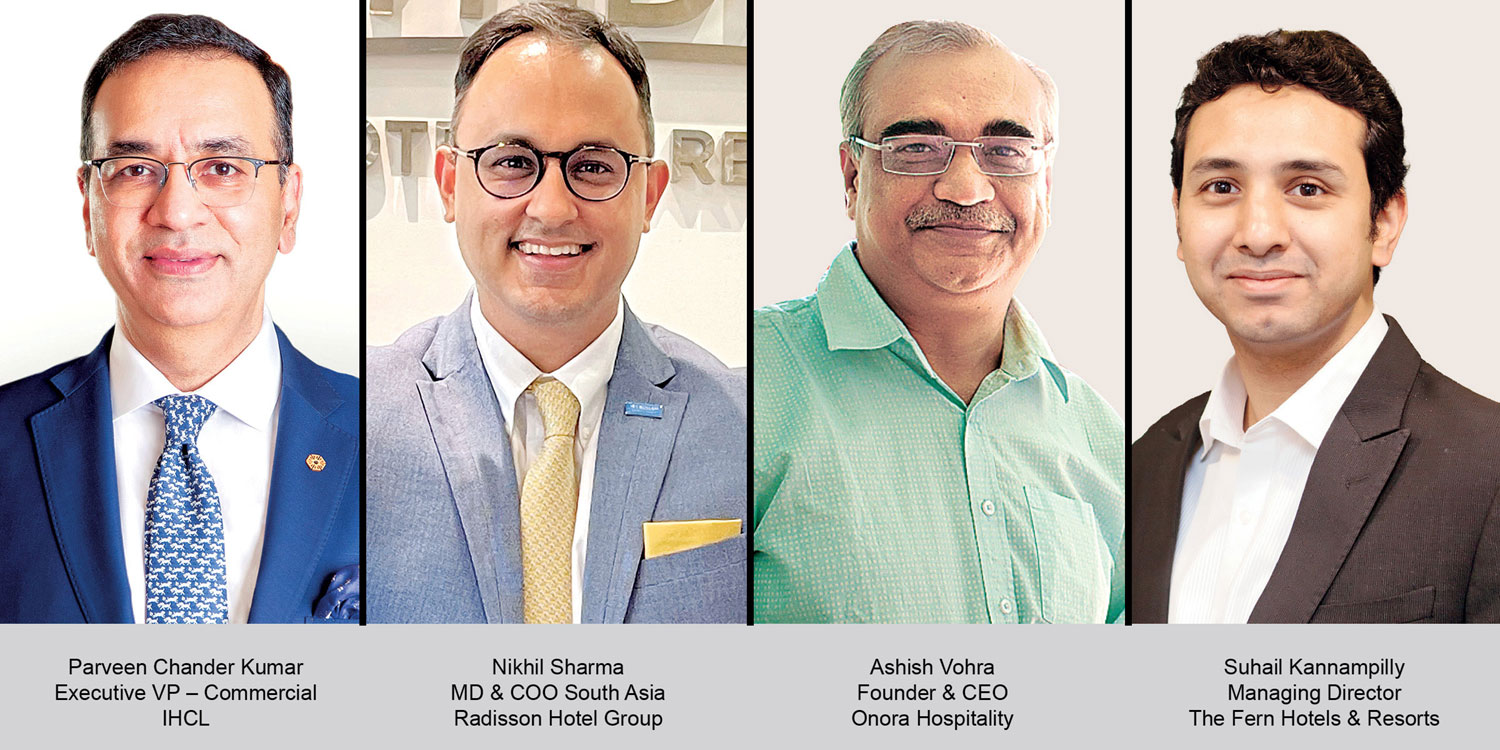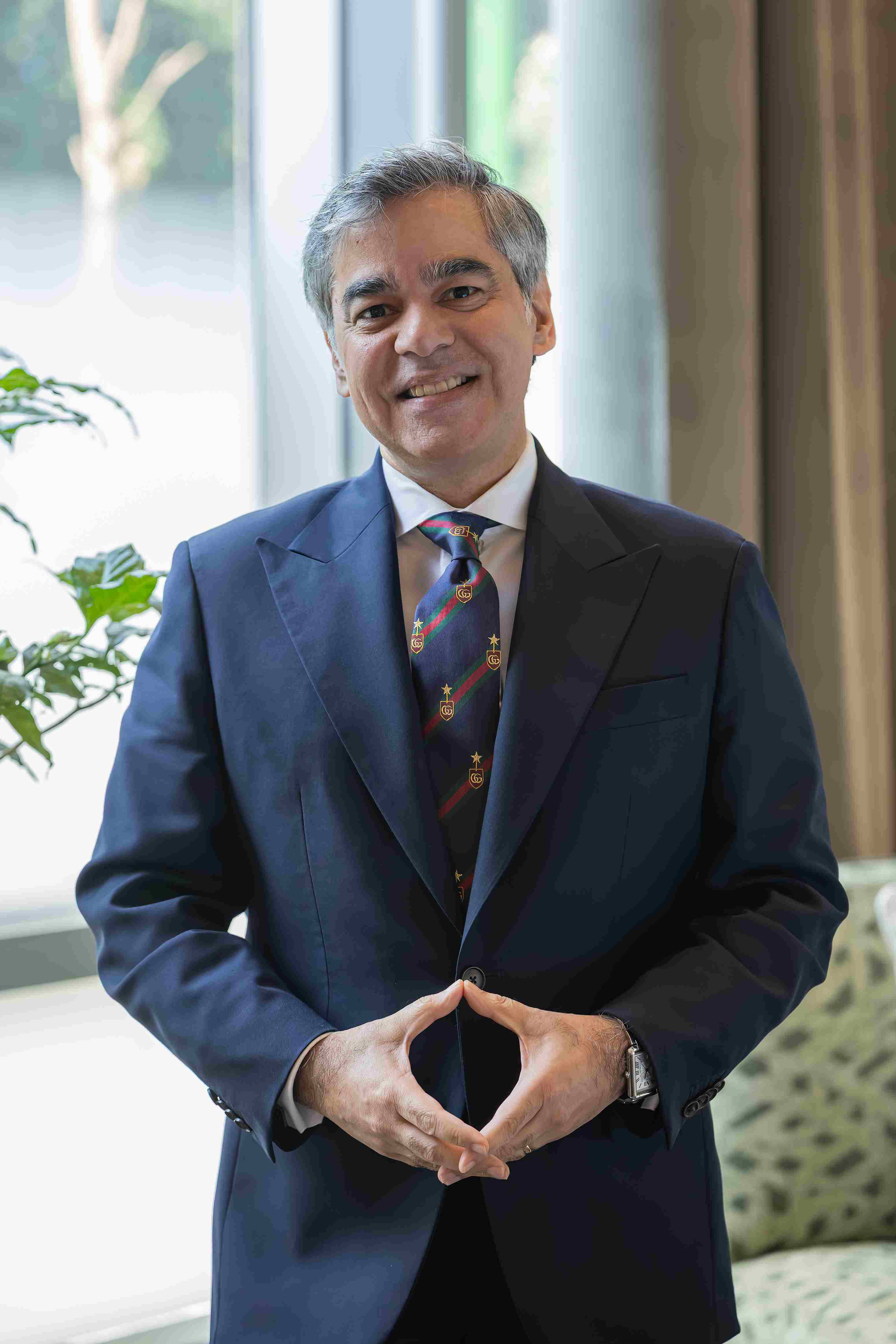India has a lot to offer as tourism destination with its rich heritage, culture and tradition. The country has also evolved into a luxury travel destination that is globally recognised.
Janice Alyosius
In the past decade, India has evolved as a tourism destination and the transformation continues in the form of luxury travel. Historical palaces, forts and boutique hotels in the country are full of stories and offer unique experience for guests, and adding to this is the luxury travel.
Speaking at the India Pavilion at Expo2020 Dubai about luxury tourism in India, Prateek Hira, President and CEO, Tornos, and Director, River Rhapsody, said, “In the past, luxury travel was understood to mean opulence, ultra-comfort and high-end services, but the definition has evolved. Authenticity and meaningful journeys are now at the heart of luxury travel.”
He added, “There was a time when there was a scarcity in India and in many other places, but not so now. Getting a deeper understanding of and immersion into local cultures are the main benefits of luxury travel. People like to travel, participate and learn, and that’s what luxury travel has become. Due to the increase in purchasing power and evolving lifestyles of consumers, what was considered a luxury yesterday has become a necessity today for most of us, a necessity for travel, and is available in abundance in this market.”
India has some of the best luxury properties for experiencing opulence and luxury stays. Homegrown brands such as Taj, Oberoi and Lalit have established themselves in the luxury conscious market. Globally, the market has fairly realised the potential India has in luxury. “India is a country where every 50 miles the history, the language, the culture, the cuisine and the crafts change, and each of them offers something unique. Today, luxury travel is about understanding the destination and being able to access places that are not as touristy or not readily available to mass tourists,” Hira said.
 TravTalk India Online Magazine
TravTalk India Online Magazine





